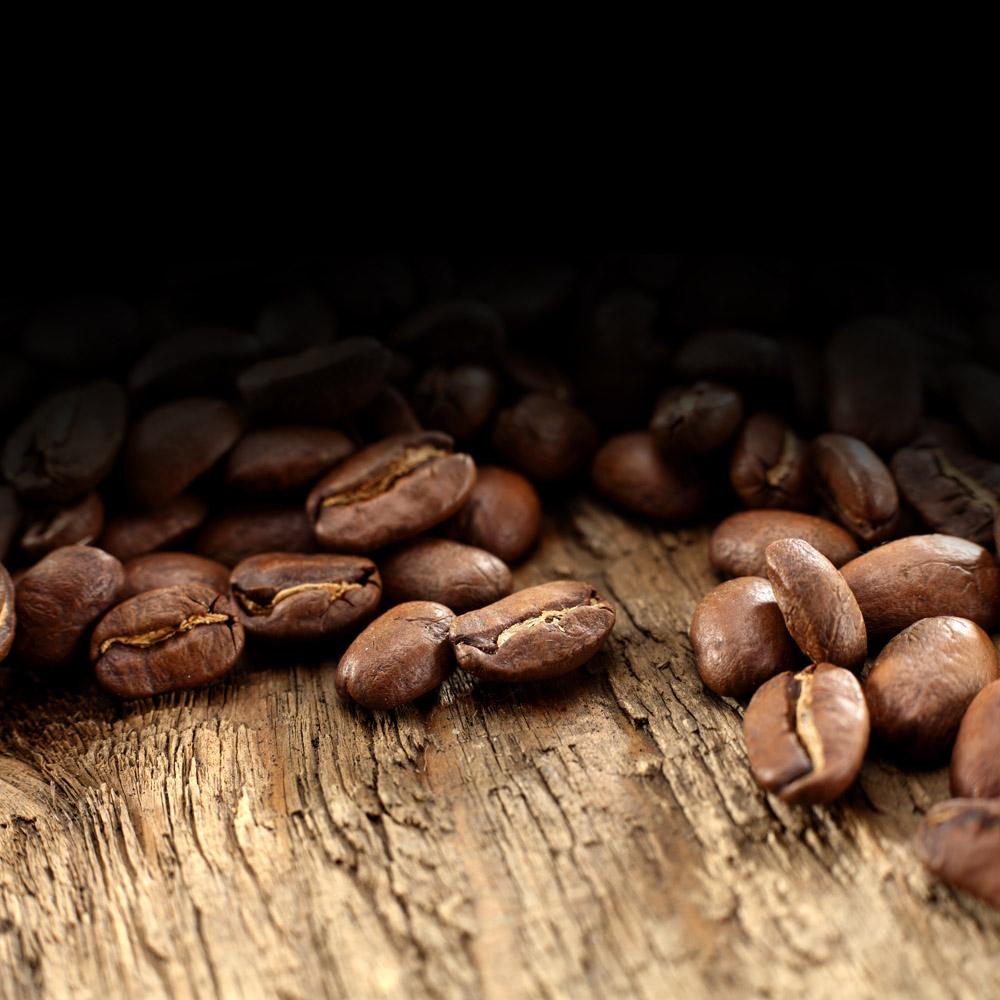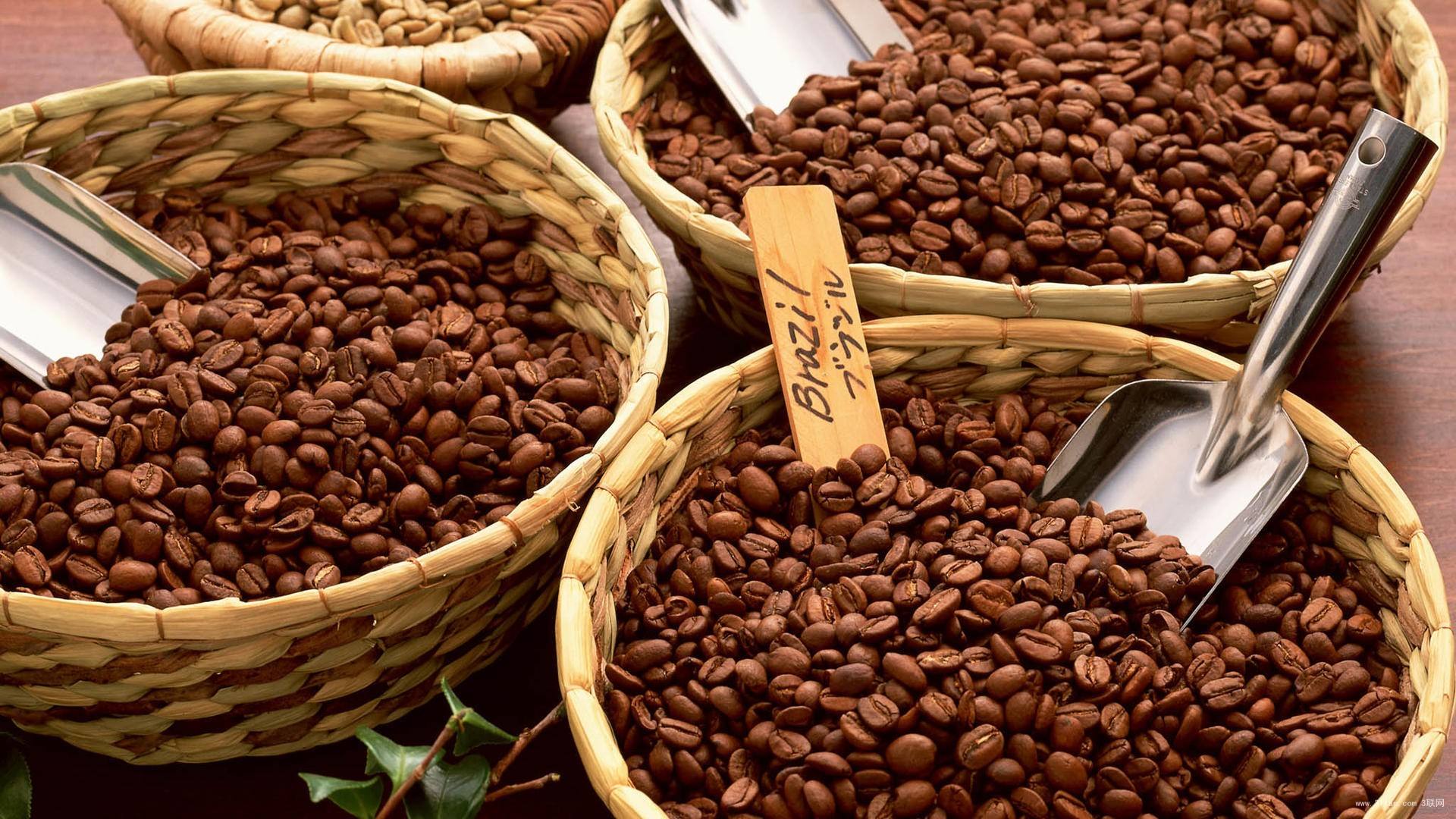Introduction to planting treatment of Coffee Manor in Antigua area
Located in the isthmus of Central America, Guatemala is geologically young, and there are many mountains and plateaus formed by active volcanoes.
These high-altitude mountains are very suitable for producing high-quality coffee because of their cold climate and fertile volcanic ash soil often covered by volcanic eruptions.
As the ninth largest coffee producing country in the world, Guatemala coffee is mainly produced in eight major producing areas, including Antigua, Huehuetenango, Atitlan, Coban, Fraijanes, San Marcos, Acatenango and New Oriete.
Among the eight major producing areas, Antigua is the first to become famous and attract the attention of coffee connoisseurs around the world. The so-called "Antigua" is actually a plateau basin surrounded by three volcanoes up to 3600-3700 meters above sea level and locally known as the Antigua Valley (Antigua Valley).

In fact, this basin has a long history. Because of its cold climate all the year round, it was favored by the Spaniards who invaded Central America. In the middle of the 16th century, 460 years ago, the Spanish ruling class was built to dominate the entire capital of Central America. At that time, it ruled throughout present-day Guatemala, Belize, Honduras, El Salvador, Nicaragua, Costa Rica and Mexico's Chiapas region.
Although thousands of buildings in the urban area of Antigua became collapsed and dangerous later because of several earthquakes of magnitude 7 or more in the 18th century, the Spaniards decided to move the capital. However, today's Antigua is still a beautiful ancient city with a history of about 500 years. Top five-star and six-star hotels are opened in the renovated buildings of the ancient city, attracting hundreds of thousands of tourists every year to visit you. Let travelers wantonly immerse themselves in the bleak and magnificent atmosphere of Spanish colonial history five hundred years ago.
In the sight of tourists, the Volcan Fuego emits thick smoke and dust day and night, and after night, you can even vaguely see the fire coming out and falling like fireworks from a dark night sky, reminding everyone all the time that the crust beneath the feet of this area is not at all restless, as if ready for a major apocalyptic event! Although the active volcanic activity is frightening, millions of tons of volcanic ash is released every year in the valley, which is rich in hundreds of precious and beneficial elements in the earth's crust, making it the best and free high-quality fertilizer for the local coffee plantation. at the same time, it nourishes the natural forests and crops of the whole valley.
The coffee farms in the valley are located around the ancient city of Antigua and the basin extends southwest to the foothills of Volcan Agua and Volcan Acatenango volcanoes.
This is a very flat area at the bottom of the basin, about 1520 to 1530 meters above sea level, surrounded by hillsides that surround the basin, and coffee trees are planted on the flat part of the basin and on the surrounding slopes about 1600 to 1800 meters above sea level.
Shade cultivation is popular in Antigua. Coffee farms often use local forest tall native trees as shade trees. Under thick shade, ancient excellent varieties "Bourbon" and bourbon dwarf mutants "Kaddura" are planted.
Highly shaded cultivation of Antigua is rare in the world, perhaps because the valley is sunny at a fixed time of year, and the radiation-cooled night low temperature is enough to frost the leaves above. As a result, the manor must use high-density shade trees to form an insulation layer to prevent coffee from fatal frost.
But it also inadvertently prompted the manor to plant a large number of native tree species, allowing local insects, birds, frogs and small mammals. They all have food and shelter, which indirectly maintain the original local ecology; at the same time, most of the Antigua coffee estates can be certified for rainforest conservation later.
For these manors, the rainforest protection certification is only well deserved.
Such an environment also allows Antigua coffee trees to enjoy, nourished by volcanic ash and fallen leaves of shade trees. In addition, the shade tree provides mild light and stable temperature environment, which also slows the growth and ripening of coffee berries, which has a significant effect on improving the content and overall density of coffee beans.
So we can also boldly say: the highly shaded and environmentally friendly agricultural method has strengthened and promoted the taste of Antigua coffee, while the special purchase of Antigua coffee has strengthened and strengthened the highly shaded agricultural method of Antigua, which is tantamount to protecting the local original ecology! At present, a high degree of circular interdependence has been formed between the two, and it is impossible to cut and separate! The coffee cultivation industry in Antigua has a long history. In addition to the highly shaded cultivation that prevailed a long time ago, the local coffee estates are dominated by large century-old manors, which can cover an area of nearly 100 hectares and produce as much as thousands of bags a year. The production scale of each manor is not small.
The manor is usually run by families that have been inherited for hundreds of years, and most of the owners' families live in manors like European aristocratic castles, and the family members are usually quite rich and own a lot of estate, belonging to the upper class of the local society. coupled with a hundred years of rich and educated family heritage edification, each owner can be said to be aristocrats in the coffee industry.
In fact, the daily operation of the manor depends on the professional agricultural personnel and workers employed by the landowners, and even depends on the local Mayan aborigines to work as harvesting workers in the manor during the harvest season every year, according to the plan to carry out harvesting operations in the various gardens.
At the end of each harvest season, the Mayan people always work in the manor with their families, and the adults are busy collecting, children or playing or helping to play and work in the woods. These large coffee farms adhere to a century-old tradition and focus on producing high-quality traditional washed coffee.
In addition to taking care of shade forests, renewing coffee trees, fertilizing according to scientific analysis and planning, pruning and pruning. At the end of the harvest season, it is strictly required that red-ripe and purple ripe berries should be selected at the end of the work, and the next key quality control point will be set up at the feed source of the washing treatment plant: picking out immature fruits, floating fruits, floating beans, and precise control of the fermentation degree of the fermentation tank, full washing and complete removal of pectin, the use of dry and smooth concrete exposure sites, frequent and full turning during exposure. Even before export, we have to select and select coffee beans with specific gravity selection (Density Sorting) and color selection (Color Sorting). It is even difficult to say all the effort and cost invested in coffee. Medina Manor is a representative of these century-old manors, which was founded in 1842 and has a history of more than 170 years. The garden is located about three kilometers southwest of the ancient city of Antigua. The whole estate has 74 hectares. The main coffee garden is located in a basin with a flat elevation of about 1520 meters, and extends northwest into the hillside area. The highest elevation of the coffee garden is about 1700 meters.
The manor itself has a large-scale washing treatment plant, which is set up near the river in the manor, so that it can obtain water sources nearby for washing operations.
As with tradition, Madina Manor uses highly shaded farming methods, and the manor even sets a standard of at least 322 native trees per hectare as shade trees. it is highly understood and firmly believes in the importance of this agricultural method in maintaining the environment and improving the quality of coffee beans.
They even expanded the significance of environmental maintenance to the level of "sustainable production". As a result, they made three sustainability commitments covering the areas of social responsibility, environmental responsibility and product quality responsibility: (1) a commitment to treat all workers well; (2) a commitment to maintain concern and awareness of changes in the manor environment (3) a commitment to produce high-quality and high-yield coffee beans due to the strict implementation of various self-made commitments. Madina Manor has received a number of certifications and honors, such as Rainforest Conservation Alliance certification (Rainforest Alliance), goodwill certification (Utz Good Inside), Starbucks Best Coffee production (Starbucks Best Coffee Practices), American Fine Coffee Association Coffee quality Center Certification (SCAA-CQI Q Grade Certification). Even Starbucks, the leading coffee shop chain, regards the coffee as "the best of the best" and supplies this hand-brewed coffee and coffee beans for a long time in their latest flagship store "Reserve Store" and flagship coffee bean product "Starbucks Reserve". If you look at other coffee farms around the world, every certification and honor mentioned above is not easy to come by, but Medina Manor has got it one by one! Of course, it is not only these external honors that convince everyone. Also includes every connoisseur when tasting, from every sip in the mouth? Wonderful flavor: chocolate-like flavor in a balanced tone, mixed with floral aromas and soft acidity, plus a nutty and hardwood finish. I believe that when you taste the individual coffee from this manor, you will be able to have the same taste experience and feel the efforts and dedication of the manor behind this experience!
Important Notice :
前街咖啡 FrontStreet Coffee has moved to new addredd:
FrontStreet Coffee Address: 315,Donghua East Road,GuangZhou
Tel:020 38364473
- Prev

History of Guatemalan Coffee Flavor Profile
Guatemala coffee: produced in Guatemala, this bean belongs to the bourbon coffee bean, is one of the more sour varieties, taste mellow and slightly wild, best used to blend coffee. History of Guatemalan coffee: A cup of Antigua coffee in Guatemala seems to show us the mysterious Mayans who suddenly disappeared and thrived in ancient lands. History has swept them away
- Next

Introduction to the Origin of products and varieties of Ecuador
Ecuador is a large coffee producer and one of the few countries in the world that export all kinds of coffee, including coffee beans, Arabica coffee and robusta coffee. Thanks to its superior location, Ecuador produces the best coffee in South America, meeting the high standards of coffee in Europe and the United States. Different ecosystems make coffee
Related
- Detailed explanation of Jadeite planting Land in Panamanian Jadeite Manor introduction to the grading system of Jadeite competitive bidding, Red bid, Green bid and Rose Summer
- Story of Coffee planting in Brenka region of Costa Rica Stonehenge Manor anaerobic heavy honey treatment of flavor mouth
- What's on the barrel of Blue Mountain Coffee beans?
- Can American coffee also pull flowers? How to use hot American style to pull out a good-looking pattern?
- Can you make a cold extract with coffee beans? What is the right proportion for cold-extracted coffee formula?
- Indonesian PWN Gold Mandrine Coffee Origin Features Flavor How to Chong? Mandolin coffee is American.
- A brief introduction to the flavor characteristics of Brazilian yellow bourbon coffee beans
- What is the effect of different water quality on the flavor of cold-extracted coffee? What kind of water is best for brewing coffee?
- Why do you think of Rose Summer whenever you mention Panamanian coffee?
- Introduction to the characteristics of authentic blue mountain coffee bean producing areas? What is the CIB Coffee Authority in Jamaica?

